If you are an online/ digital marketer or advertiser, then you should understand how the different advertisement models work, and how to use them for your business or clients’ businesses.
This understanding is crucial because: out of the 45 percent of the small businesses that use paid ads, the advertising models still elude the marketers.
When terms/ abbreviations like CPA, CPM, CPC, or CPL are thrown around, not all advertisers can attest that they understand the terms or how they work.
So, whether you are new on online/ interactive advertising or have been around for a while now, this article is what you need. So, keep reading!
Contents In Page
CPC
CPC, Cost-Per-Click, better known as PPC or Pay-Per-Click represents the pricing model which charges an advertiser, each time the user clicks on that ad.
Under this model, a user isn’t expected to purchase the product advertised, go through with the conversion, or even sign up for the client’s newsletter. All that is expected from users is a simple action: click.
What this means is that CPC is a performance-based advertising metric. In this model, the payment is not only based on the ad’s exposure but also the users’ interaction with that ad.
So, when someone clicks on an ad, they are merely expressing their interest in the offer. If you are looking for a pricing model that aims at communication exposure, this is it.
At the end of the day, CPC ensures that your ads get exposure, it delivers highly targeted and high-quality traffic to your site, and it a great metric for measurable ROI.
You might also like it because it gives you control over your budget, you can target specific keywords, and you can filter lists using a site blocking filter.
On the downside, this CPC model is riddled with bidding wars, it is expensive, savvy publishers could block it, and you are exposed to ghost traffic, fake clicks, as well as click fraud.
Note: the cost of CPC varies with the standard range being between 1 cent and double digits. And, when it comes to CPC, you are not paying for branding, but you are paying to attract visitors to access your blog or website, or even a landing page.
CPA
Cost-Per-Action, CPA, represents an advertisement pricing model that is common in the affiliate marketing scene.
In this case, payment will only happen if and when a user takes action like converting into a lead, installing an application, or if they click.
A variation of CPC is CPI (Cost-Per-Install) where the cost of advertising is transferred for a target cation like installation of an app by a user.
Cost-Per-Install is, therefore, a great marketing model for app marketers focused on the quality of traffic, rather than the quantity.
Keep in mind that CPI is more expensive than CPC and it is a perfect fit for the mobile ecosystem.
To advertisers, the CPI and CPA pricing models shift the risk to the publisher, they generate sales, are performance-based, and they ensure that ads get exposure, even without action or clicks.
Unfortunately, these are the most expensive advertising pricing models, they record low conversion rates, and you have to reveal a lot of sensitive information.
On AdWords, the reported average of CP is $59.18 for search ads and $60.76 for the display network ads.
CPM
Cost-Per-Mile, CPM, is also referred to as Cost-Per-Impression, CPI, and it represents a pricing model where publishers charge a flat-rate for 1,000 impressions or displays of an ad to your target audience.
For this reason, CPM is also referred to as cost-per-thousand.
The success of the CPM pricing model of advertisement relies heavily on the frequency with which an ad is displayed; whether users click the ad or not or if it received engagement does not matter.
It is, therefore, the ideal model for branding-oriented and the display campaigns.
If you are a publisher, then you might want to choose this model thanks to the predictability of revenue, and its measurable results.
Remember that the CPM protocols will always give you a specific (guaranteed) number of impressions with the cost of advertisement based on that number.
CPM promises the lowest cost of advertising, its implementation is easy, it works great for brand awareness, and if your ads have a high clickthrough rate, then CPM is your most affordable advertising solution.
As an advertiser, you should know that CPM is not perfect; it faces a high risk of fraud impression, it doesn’t indicate acquisitions when used in isolation, and you will be billed even if the same person sees the ad several times.
Also, it is less qualitative and more quantitative.
The best scenario that would warrant the use of the CPM pricing model is when a client needs campaigns aimed at increasing the site’s online visibility.
CPL
Cost-Per-Lead or CPL is a pricing model that is almost similar to the CPA in that it depends on whether or not a visitor takes action.
In this case, the CPL pricing model means that the advertiser will pay when an online visitor views an ad on a website or if they click on the ad, then take further action.
CPL is common when a client needs users to sign up for an email newsletter or even for them to fill online survey forms. Compared to CPC, CPL offers a greater and more rewarding payout.
It is, therefore, common with the B2B marketing ecosystem where the likelihood of a visitor making an immediate purchase is low.
While working as an effective way of buying, there is a high risk of online fraud, especially where bots are used to fill out the leads, automatically.
CPL campaigns take the form of ads directing users to specific/ target landing pages; from there, specific action results in the collection of data for use by the advertiser.
Unfortunately, CPL is not the most profitable advertising option. Also, the positive results of CPL campaigns are only seen and felt in the long run, when the leads become real/ buying customers.
Final Thoughts:
CPM is ideal (and cheapest) for running branding campaigns, while CPC is great when looking to build quality traffic to your website (it targets interested persons). CPL, CPA, and CPI are suitable for established brands looking for prospective customers.
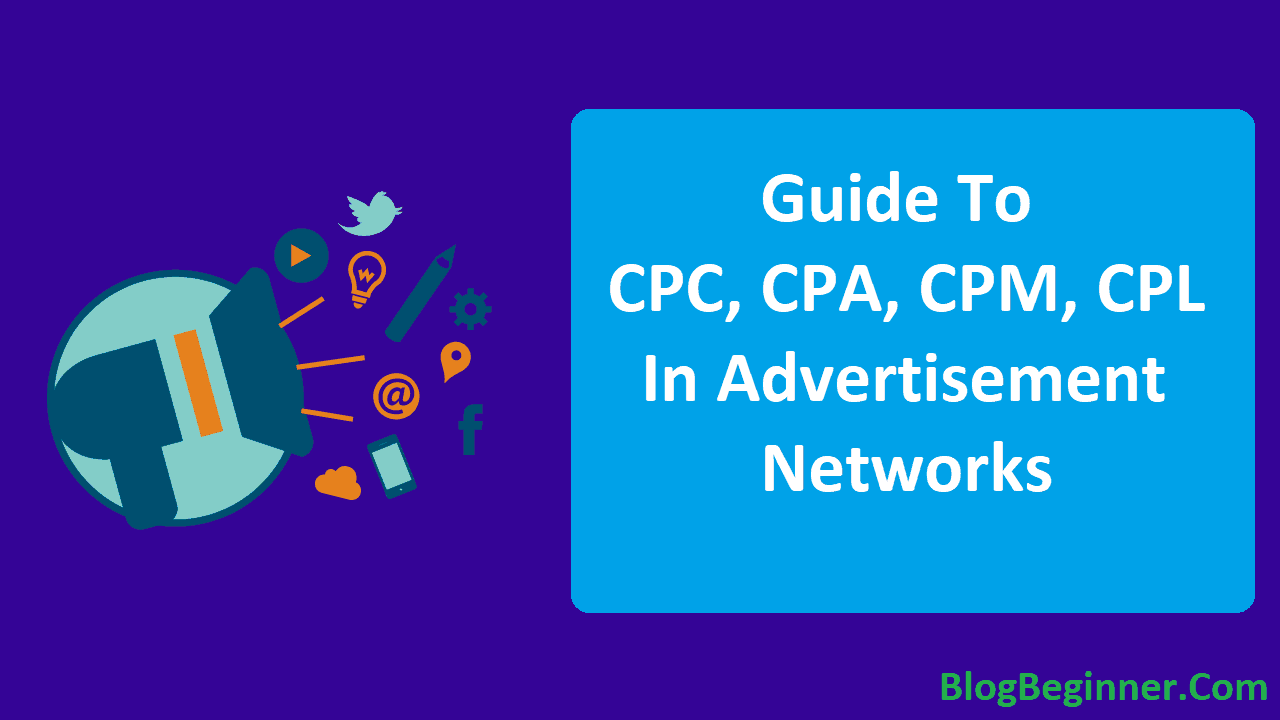

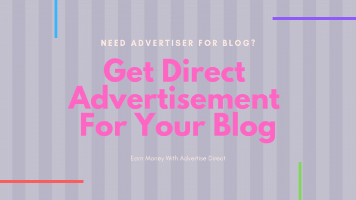
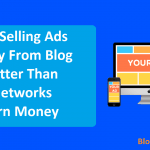
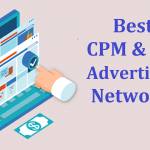
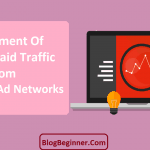

![Top 10 Best Ad Networks for New & Old Bloggers [Fast Approval Method] best ad networks for bloggers](https://www.blogbeginner.com/wp-content/uploads/2019/03/best-ad-networks-for-bloggers-150x150.png)
